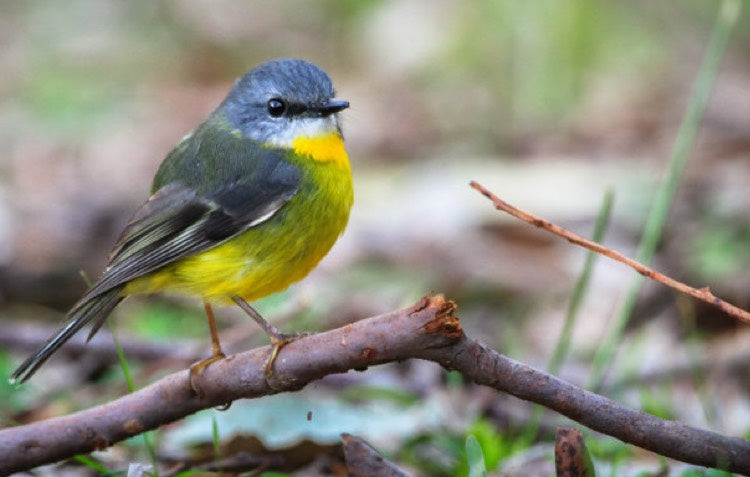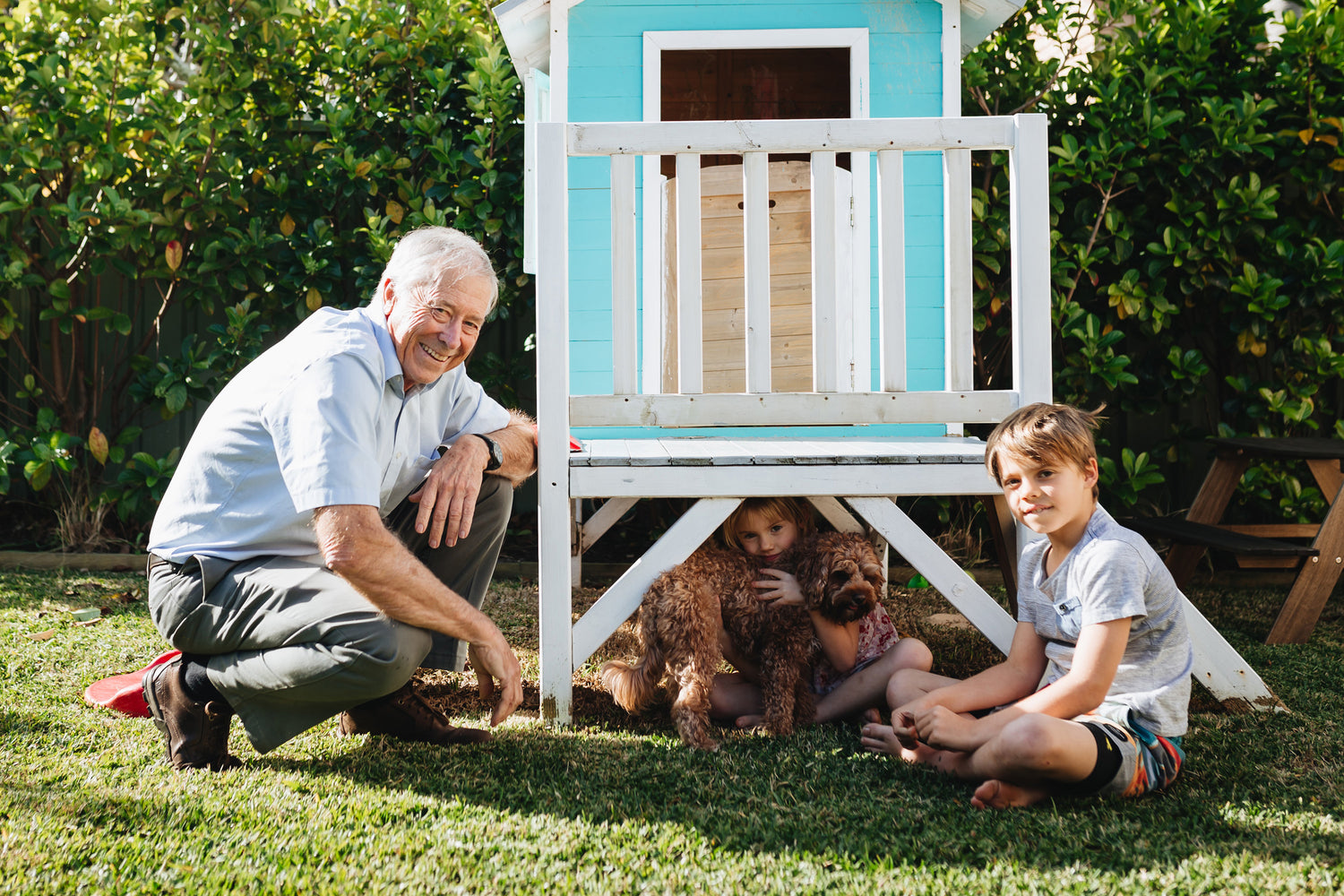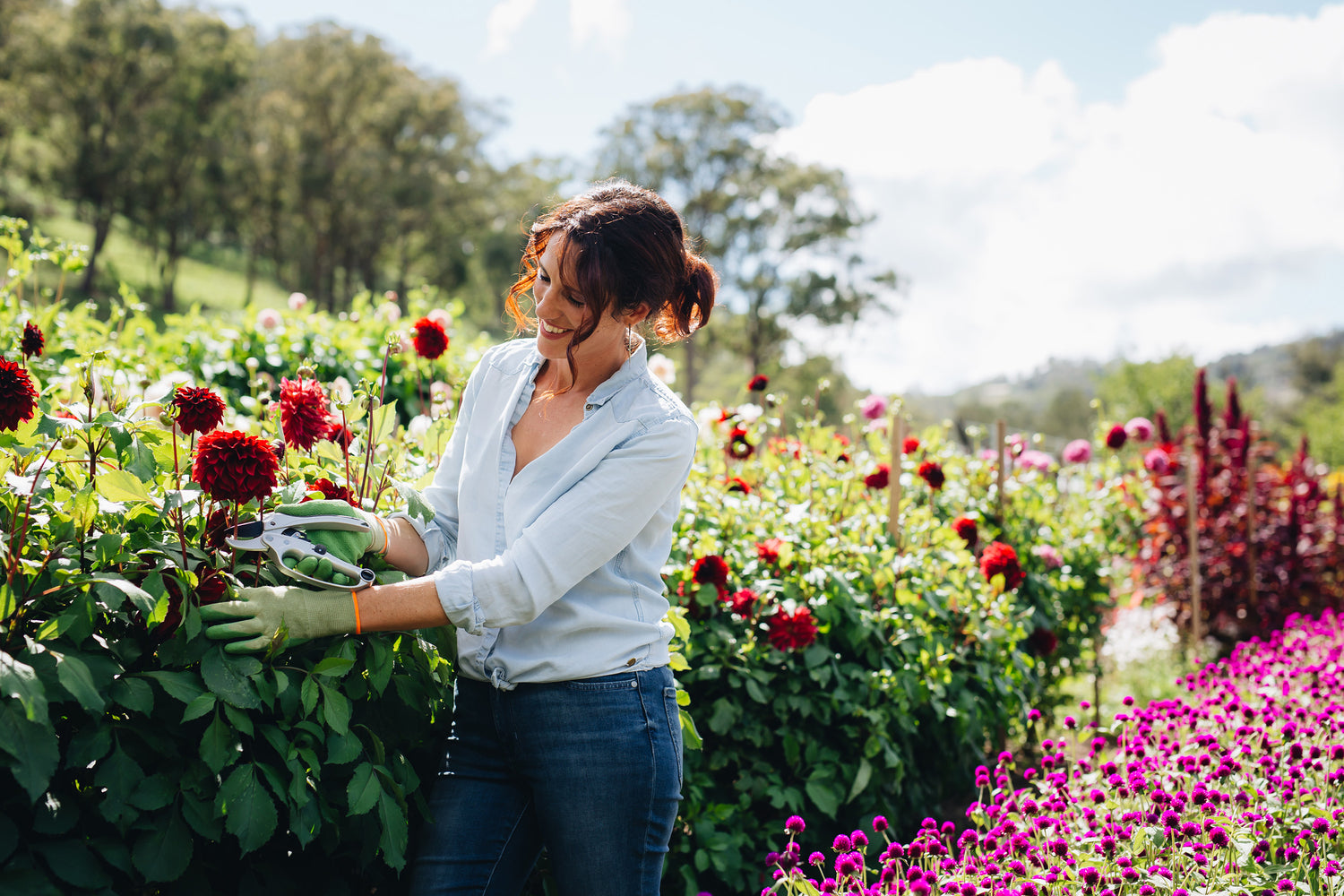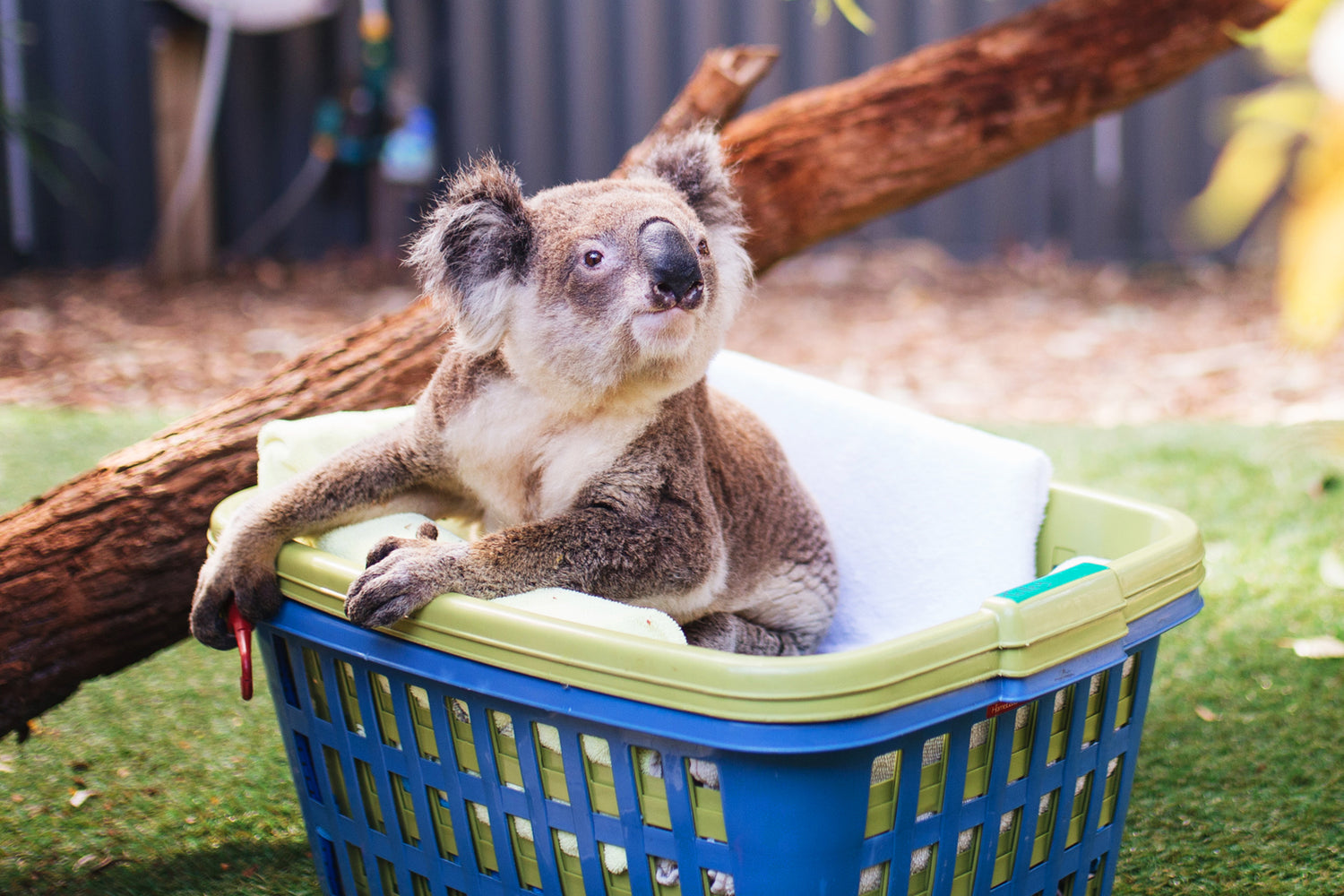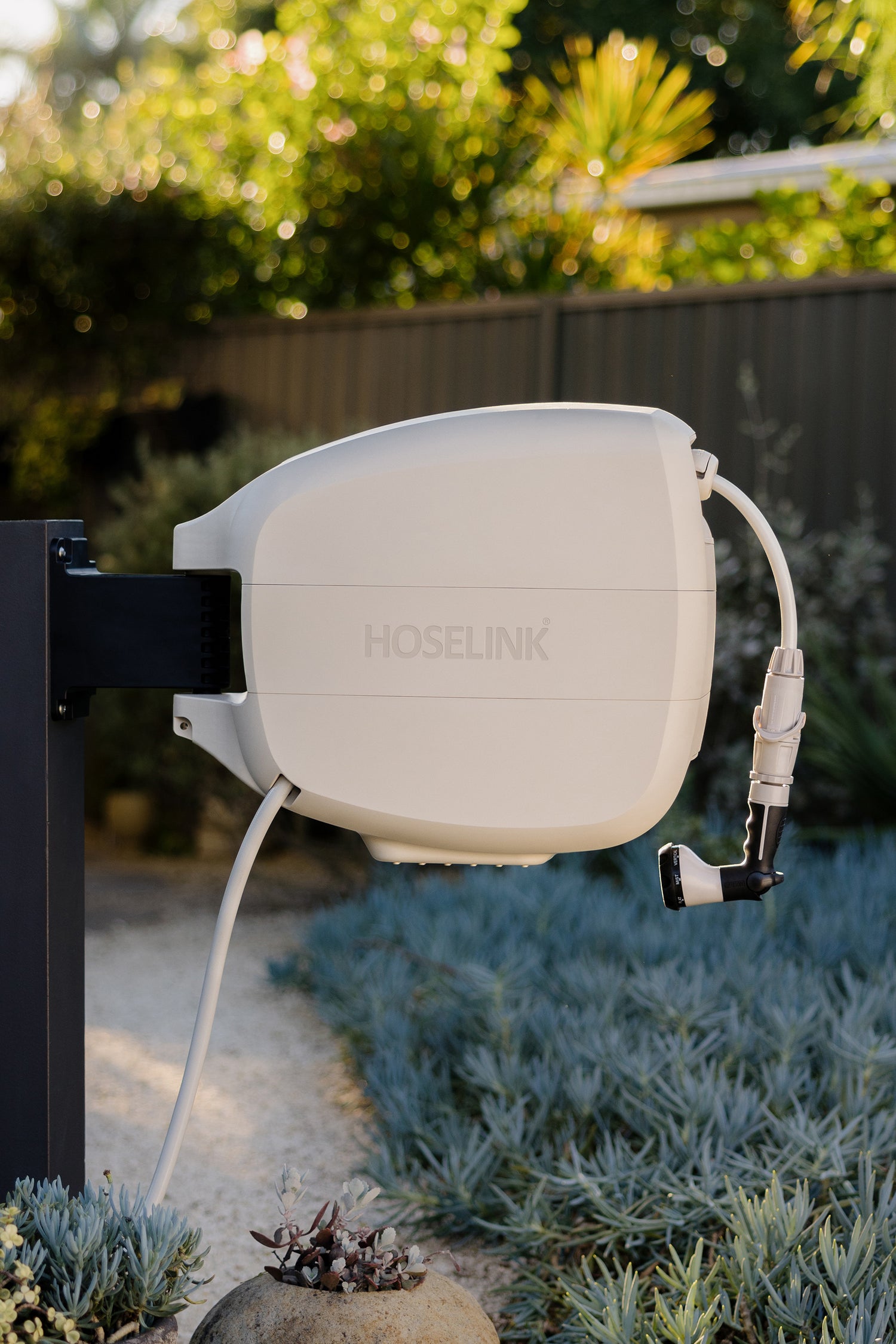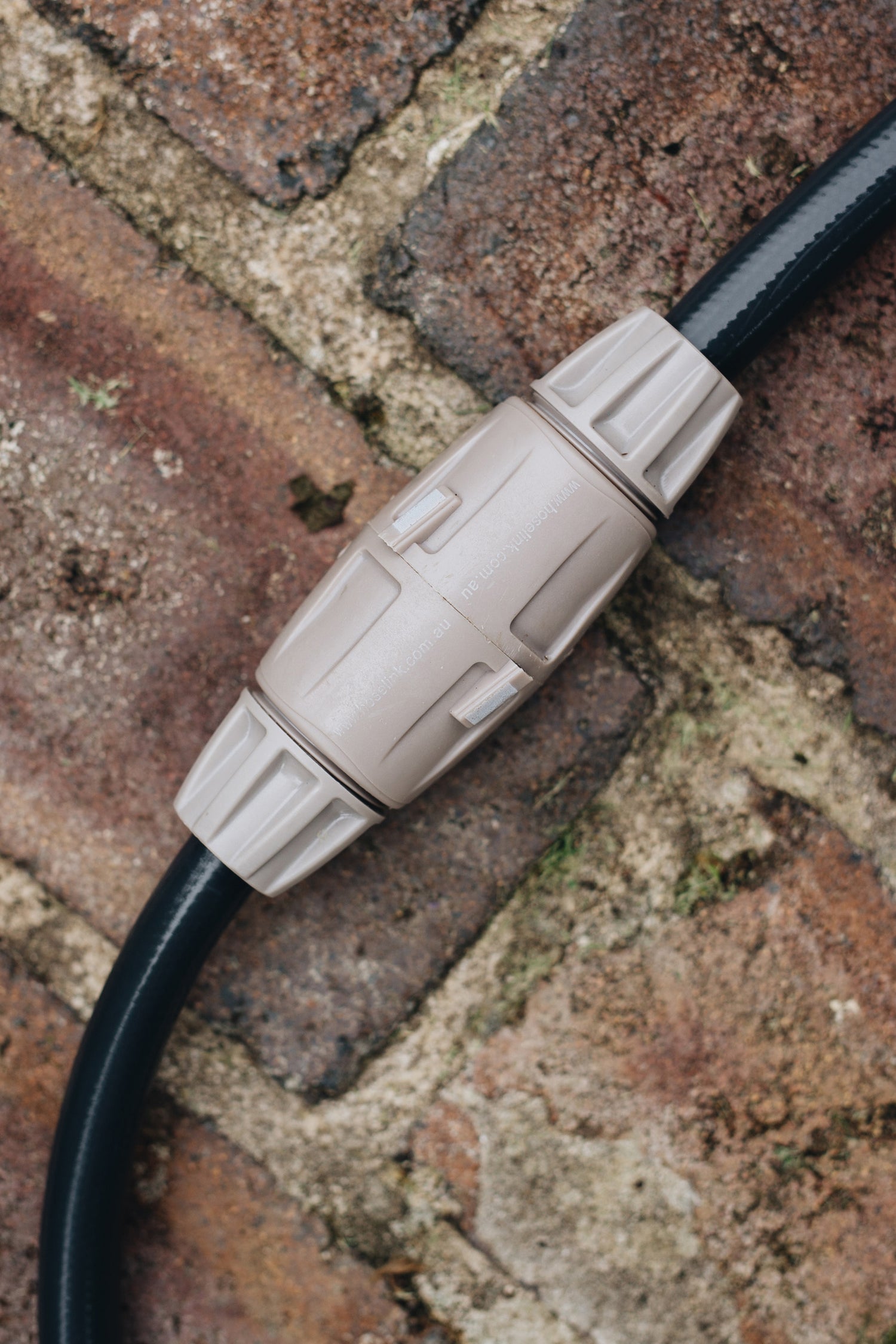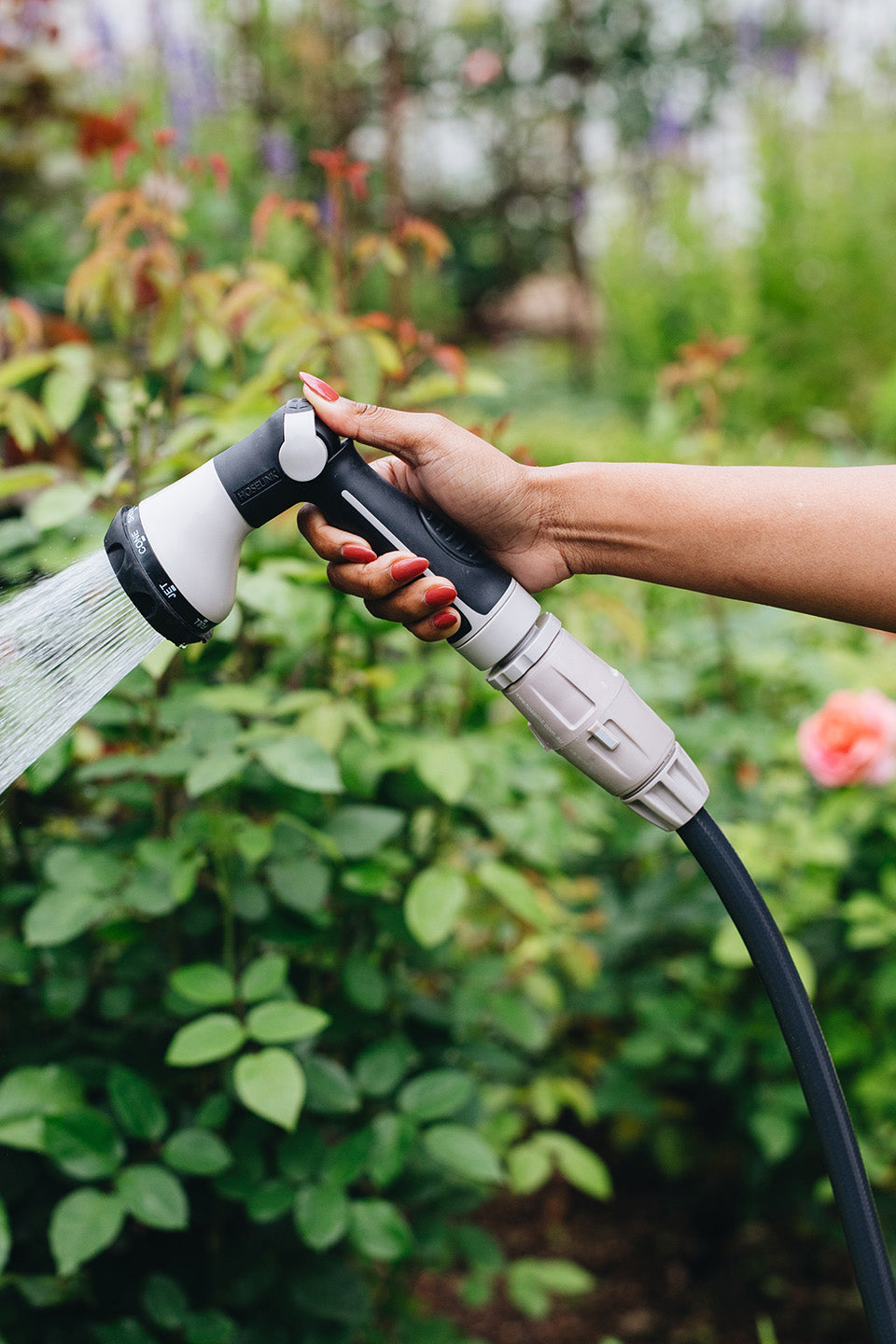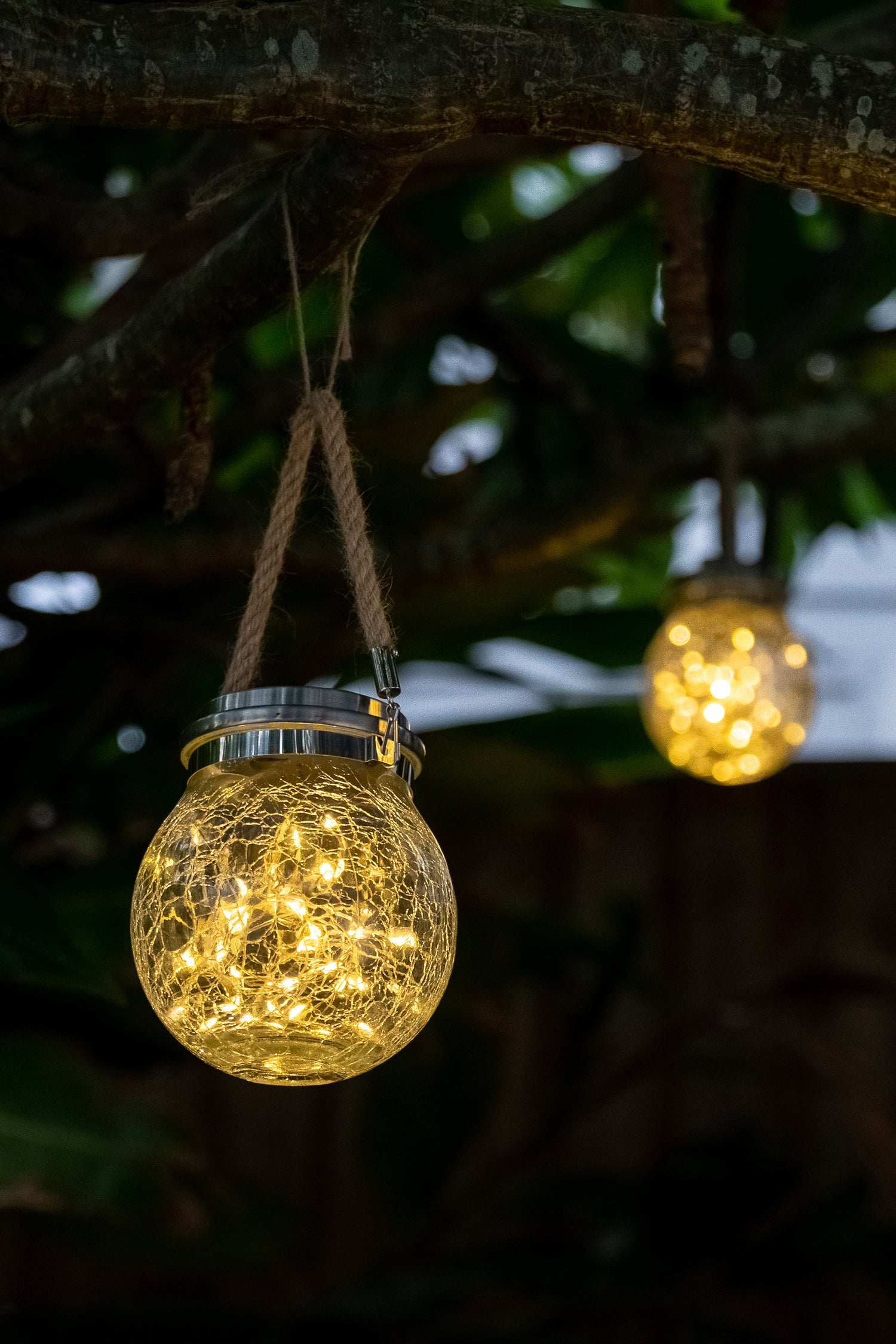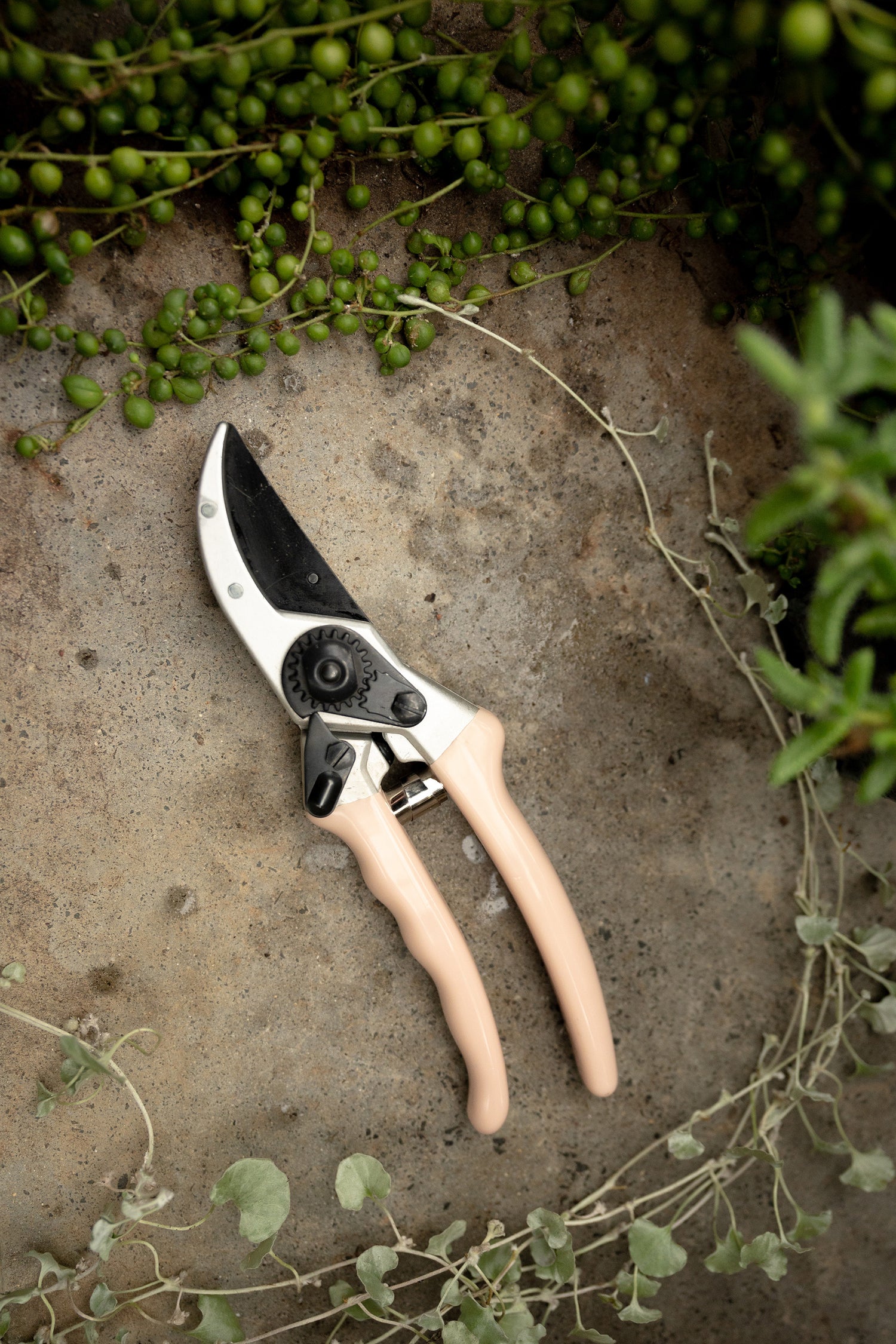
The more places wildlife can find shelter, food and water, the easier it will be for them to survive. No matter where you live, whether it’s in an apartment with a balcony or house with a garden, within the urban fringe or in the countryside, there are lots of small changes you can make to provide a home for nature.
Why does nature need a home?
Whilst the plants and grass in your yard do provide essential habitats for birds, bugs and all manner of creatures, offering a purpose-built shelter can be a godsend to species in need, especially during breeding season. Aside from nesting opportunities, shelters also provide refuge in rain or intense sun and protection from predators. Though you can buy many ready-made wildlife homes, most are easy to build yourself and make a fun DIY project to do on your own or with the kids, whilst other small changes are much simpler and totally free. Attracting wildlife will increase the biodiversity of your backyard over time and can also help to protect endangered species.
Make a small change

Changes big and small can make a significant difference to the wildlife you have visiting your yard. Placing some rocks or an old terracotta pipe in a sunny location in your garden creates the perfect sunbed for lizards that need to bask in the light to stay warm. Dense shrubs provide shelter for an array of creatures and a hideout for small birds, whilst flowering plants like banksia and wattle will attract pollinators in need of food thanks to their copious amounts of nectar. A water source, such as a pond, bird bath or bowl of water, will be a welcome sight to lizards, birds, frogs and insects – just ensure there are pebbles or stones inside to stop visitors from losing their footing. Log piles will attract plenty of insects to feed the birds with and, finally, don't forget to put pesticides and chemicals away, or at least avoid using them where you’re setting up wildlife-friendly areas. This will allow healthy food sources to grow.
DIY projects
• Build a bee hotel 
There’s no need to reach for the saw to make a bee hotel. Bricks with a few openings, bamboo canes, tree stumps with different-sized holes drilled in and even a pile of leaf litter, twigs and bark will make bees feel right at home in your garden. Of course, building a bee hotel is step one, positioning it is step two. Just like a real hotel, location is everything, so try to position the bee house in a sheltered position away from the elements and within close flying distance of a food and water source, to make it as hospitable as possible for bees looking to rest or lay eggs.
• Construct a nest box

Nest boxes require a little more effort than some of these other projects but they’re a fun and rewarding way to attract more wildlife into your garden – and they’re not just for birds. Possums, bats and sugar gliders will occasionally call them home too if the size is right. What you want to attract will dictate the size of the nest box you make. Larger constructions with a wider opening are needed for large birds and mammals whilst around 400mm height by 250mm depth by 200mm width is a good guideline for small to medium birds. There are a few things to remember before you start: first, make sure it’s the right time of year for putting up nest boxes, late winter or early spring, at the start of the breeding season, is best. Next source some untreated wood and cut to size, don’t forget you’ll need a sloped roof with a slight overhang to protect the box from rainwater. You’ll need to drill drainage holes in the bottom and an entrance hole towards the top, large enough for the birds to fit through, and ensure you fix the roof on with a hinge for easy cleaning outside of breeding season. It’s a good idea to spring clean nest boxes once per year with chemical-free cleaner, but only when it is empty. Never disturb or attempt to move a nesting bird. Once you have your finished nest box you will need to find a suitable spot to hang it; a sheltered location at least three metres off the ground, such as on a tree trunk, is ideal. Pop some wood shavings inside, sit back and wait for your new neighbours to arrive!
• Make an insect inn
.jpg)
Apart from bees, there are many other beneficial insects you can provide shelter for in your backyard. Ladybirds, butterflies, ground beetles and lacewings are just some of the species you can encourage to take up residence. Drilled wood, rotting logs, bundles of twigs, bamboo canes and dried straw poked into gaps/holes in cardboard, brick or wood offer a range of lodgings to these beneficial bugs. Position in a sheltered corner of the garden with plenty of food sources nearby, ideally close to an existing insect hotspot for the best chances of inhabitation.
• Dig a pond

Digging a pond is a more expensive, time-consuming task but will be a real wildlife magnet, offering a home to frogs, fish and insects as well as a water source for birds and other creatures. An old bath, bowl or child’s pool will also do the trick, however, if you’re looking for a more attractive water feature then digging a pond is best. Situate your pond away from trees and overhanging shrubs, ideally in a mostly shady area where it won’t get too hot but still receives a little sunshine during the day. When digging, aim for around 30cm depth, making it as wide as you desire with sloped sides. Be sure you know the whereabouts of water pipes and electrical wires before reaching for a shovel. A tough waterproof liner is essential, weighed down with stones or gravel. You may wish to install a filter or fountain before adding plants and later fish. Around the pond you can place soil, rocks, upturned flowerpots and solar lights to help draw insects to the water after dark, providing a feast for the frogs.
Plant for food

Once you have your chosen projects picked out and your garden or balcony ready to welcome new wild visitors, it’s essential to look at the food sources you have growing close by - don’t be tempted to leave any of your own food out for wildlife as this can make animals sick. Nectar, fruit and seeds offer a variety of nourishment for birds, insects and mammals, with native nectar-rich plants such as grevilleas and bottlebrush Callistemon, fruiting plants like blue flax lily and native ginger, and seed-bearing plants including wattles and winter grass, providing some of the best food options.
We’d love to see your wildlife-friendly gardens and homemade habitats, so don’t forget to share pictures and stories with us at www.facebook.com/Hoselink.

